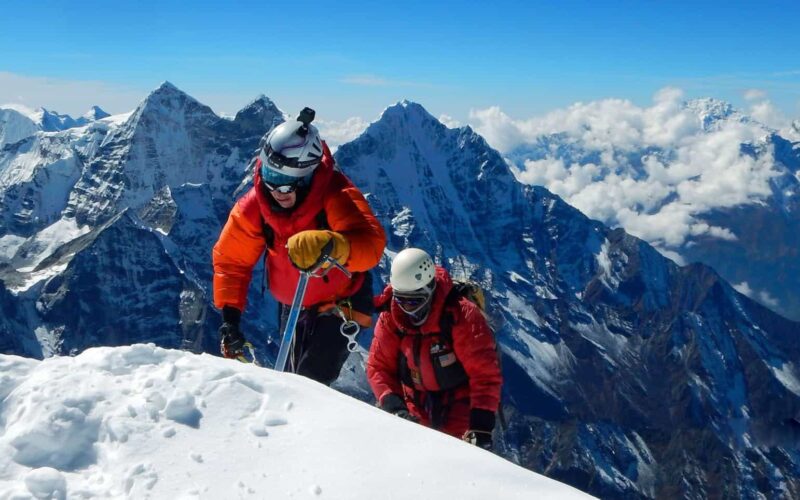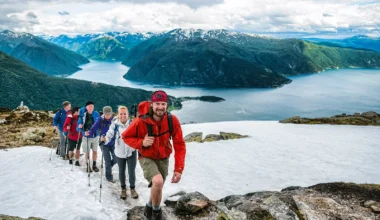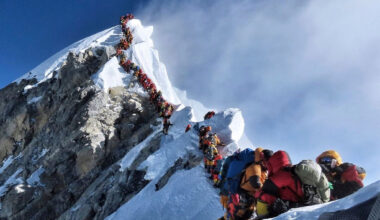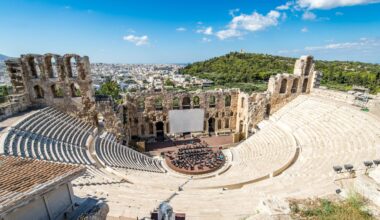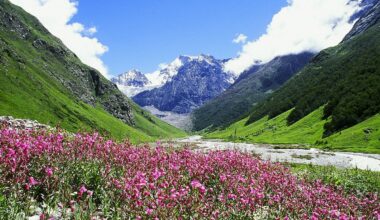Climbing Mount Everest is the ultimate adventure for thrill-seekers, trekkers, and mountaineers alike. But a question that always comes up is: how long does it take to climb Mount Everest? This comprehensive guide will cover everything—from average duration and costs to the fastest ascents, essential rules, and tips for preparation—helping you plan a successful Everest expedition.
Understanding the Everest Climb
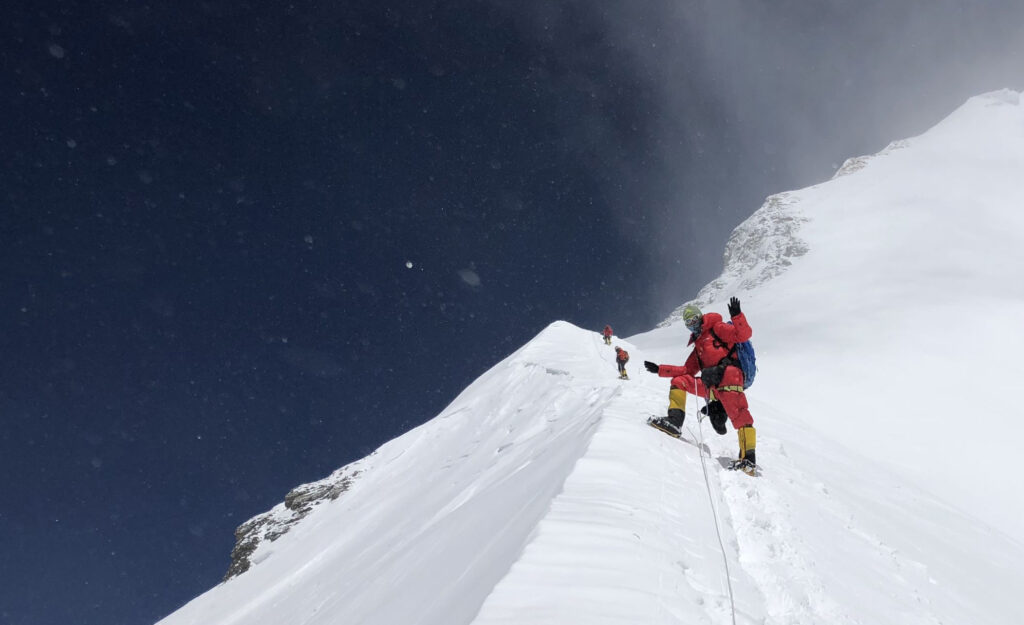
Location and Overview of Mount Everest
Mount Everest, known as Sagarmatha in Nepal and Chomolungma in Tibet, is the tallest peak in the world, standing at 8,848 meters (29,029 feet). Situated in the Himalayas along the Nepal-Tibet border, Everest attracts adventurers worldwide who aspire to conquer its snow-capped summit.
Typical Climbing Seasons
The two main seasons for climbing Everest are pre-monsoon (April to May) and post-monsoon (late September to October). Most climbers prefer the spring season for stable weather and longer daylight hours.
Key Facts About Altitude and Terrain
- Everest’s extreme altitude poses risks such as acute mountain sickness (AMS), high-altitude pulmonary edema (HAPE), and high-altitude cerebral edema (HACE).
- The climb involves navigating glaciers, icefalls, and steep rocky terrains, making acclimatization critical.
How Long Does It Take to Climb Mount Everest?
The duration of a Mount Everest expedition is not a short-term adventure. On average, it takes 6 to 10 weeks from arrival at base camp to returning safely after the summit attempt.
Timeline Breakdown
- Arrival at Base Camp (2–3 days)
Trekkers fly to Lukla, then trek to Everest Base Camp (EBC). This phase allows climbers to adapt partially to high altitude. - Acclimatization at Base Camp and Camps I–III (4–6 weeks)
Climbers follow the “climb high, sleep low” strategy, gradually ascending to higher camps and returning to lower camps to adjust their bodies to thinner air. - Summit Push (3–7 days)
The final ascent from Camp IV to the summit usually takes 3–4 days, with climbers ascending during narrow weather windows. - Descent and Return (2–3 days)
After reaching the top, climbers descend quickly to reduce exposure to extreme conditions.
Factors Affecting Climb Duration
- Weather conditions: Storms or avalanches can delay progress.
- Climber fitness and experience: Experienced mountaineers may ascend faster but still require acclimatization.
- Crowds on the route: Congestion near the summit can add hours or days.
- Health and altitude response: Every climber reacts differently to extreme altitudes.
From Base Camp to Summit
The route from Everest Base Camp (5,364 meters / 17,598 feet) to the summit involves multiple camps:
| Camp | Altitude | Typical Duration to Reach from Base Camp |
|---|---|---|
| Camp I | 6,065 m | 1–2 days |
| Camp II | 6,500 m | 2–3 days |
| Camp III | 7,200 m | 2–3 days |
| Camp IV (South Col) | 7,900 m | 2 days |
| Summit | 8,848 m | 1 day from Camp IV |
Acclimatization is the key. Climbers often climb to a higher camp and return to a lower camp to let their bodies adjust, preventing altitude sickness.
Climbing Without Stops: Is It Possible?
Some climbers attempt fast ascents, but skipping acclimatization is extremely dangerous.
- Fastest Everest ascent: The record is held by Nepali climber Kami Rita Sherpa, who summited in record time with careful planning.
- Risks include severe altitude sickness, frostbite, and even death. For most adventurers, a 6–10 week schedule is the safest.
Costs and Logistics of Climbing Everest
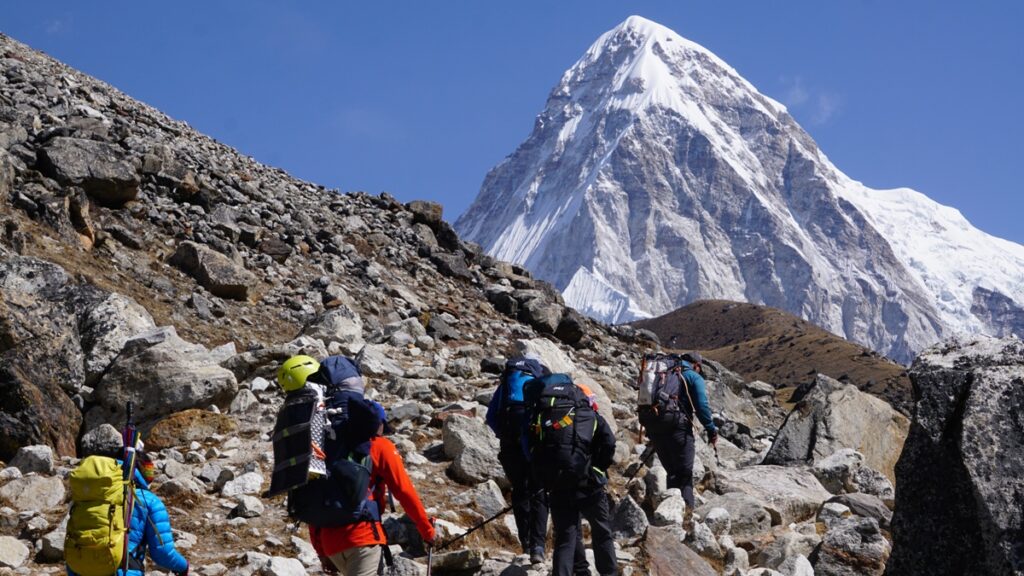
Climbing Mount Everest is not just physically demanding—it’s financially intensive.
Typical Costs
- Standard expeditions cost between $30,000–$60,000 per climber.
- Expenses include permits, guides, equipment, food, and insurance.
Factors Affecting Expenses
- Guided expedition vs. independent climb: Most climbers choose guided expeditions for safety.
- Equipment: High-quality gear like oxygen bottles, insulated clothing, and climbing tools is mandatory.
- Permit fees: Nepal charges around $11,000 for a climbing permit.
For trekkers not summiting, the Everest Base Camp trek is a cost-effective alternative. Learn more about the Everest Base Camp Trek Cost.
Rules, Safety, and Key Everest Regulations
The 2 pm Rule Explained
The 2 pm rule is critical for summit attempts: climbers must turn back by 2 pm even if the summit is not reached to ensure safe descent before nightfall. This rule prevents fatalities caused by storms or darkness.
Safety Measures for Climbers
- Experienced guides and Sherpas
- Use of oxygen and safety ropes
- Emergency evacuation plans
Mortality Rates and Statistics
- Over 300 people have died attempting Everest since 1922.
- Causes include avalanches, falls, altitude sickness, and exposure to extreme weather.
Frequently Asked Questions (FAQ)
Q1: Why does it take 2 months to climb Everest?
A: The climb involves trekking to base camp, acclimatization, multiple rotations to higher camps, and waiting for a suitable weather window for the summit push.
Q2: What’s the fastest someone has climbed Everest?
A: The record for the fastest ascent is held by Kami Rita Sherpa, summiting in record time while using careful planning and support.
Q3: How many people have climbed Mount Everest?
A: Over 6,000 climbers have successfully reached the summit since 1953.
Q4: How long does it take to climb Mount Everest from base camp?
A: Typically 6–10 weeks, depending on acclimatization, weather, and experience.
Q5: How long does it take to climb Mount Everest without stopping?
A: Attempting Everest without acclimatization is extremely dangerous. Even the fastest climbers require several days for safety.
Q6: How many people have died climbing Mount Everest?
A: Around 300+ climbers have lost their lives attempting the summit.
Q7: How long does it take to climb K2?
A: K2 is more technical than Everest; a full expedition can take 8–12 weeks.
Q8: Where is Mount Everest?
A: Everest is located in the Himalayas, on the border between Nepal and Tibet (China).
Q9: How much money does it take to climb Mount Everest?
A: A typical climb costs between $30,000 and $60,000, including permits, guides, gear, and other expenses.
Tips for Adventure Seekers and Trekkers
Training and Preparation
- Cardiovascular fitness, strength training, and high-altitude conditioning
- Practice hikes with heavy backpacks
Gear and Equipment Essentials
- Insulated clothing, climbing boots, gloves, and oxygen masks
- GPS, maps, and communication devices
Mental and Physical Readiness
- Be prepared for harsh weather, fatigue, and isolation
- Practice mindfulness and mental resilience
Conclusion
Climbing Mount Everest is a life-changing adventure, but it demands patience, preparation, and significant investment. On average, the climb takes 6–10 weeks, including acclimatization and summit attempts. Costs can range from $30,000 to $60,000, while safety rules like the 2 pm rule are essential for survival.
Whether you are an adventure seeker, trekker, or mountaineer, careful planning, proper training, and respect for the mountain’s challenges are key to a successful expedition. For those looking for a less intense experience, the Everest Base Camp trek offers breathtaking views without the extreme risks.
Adventure Enthusiasts: For other extreme adventures, check Skydive Guides.
